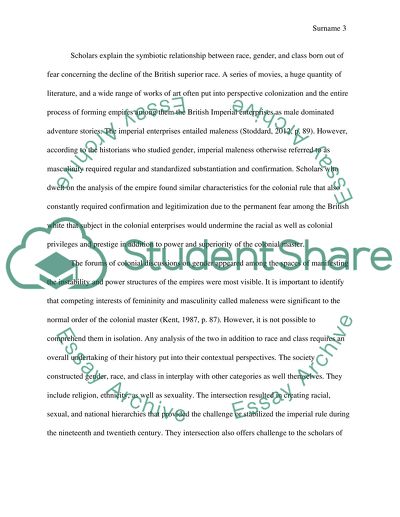Cite this document
(“How did race, class and gender intersect in the imperial enterprise Essay”, n.d.)
Retrieved from https://studentshare.org/gender-sexual-studies/1497968-how-did-race-class-and-gender-intersect-in-the
Retrieved from https://studentshare.org/gender-sexual-studies/1497968-how-did-race-class-and-gender-intersect-in-the
(How Did Race, Class and Gender Intersect in the Imperial Enterprise Essay)
https://studentshare.org/gender-sexual-studies/1497968-how-did-race-class-and-gender-intersect-in-the.
https://studentshare.org/gender-sexual-studies/1497968-how-did-race-class-and-gender-intersect-in-the.
“How Did Race, Class and Gender Intersect in the Imperial Enterprise Essay”, n.d. https://studentshare.org/gender-sexual-studies/1497968-how-did-race-class-and-gender-intersect-in-the.


